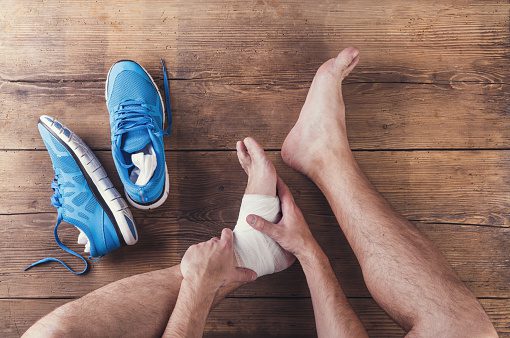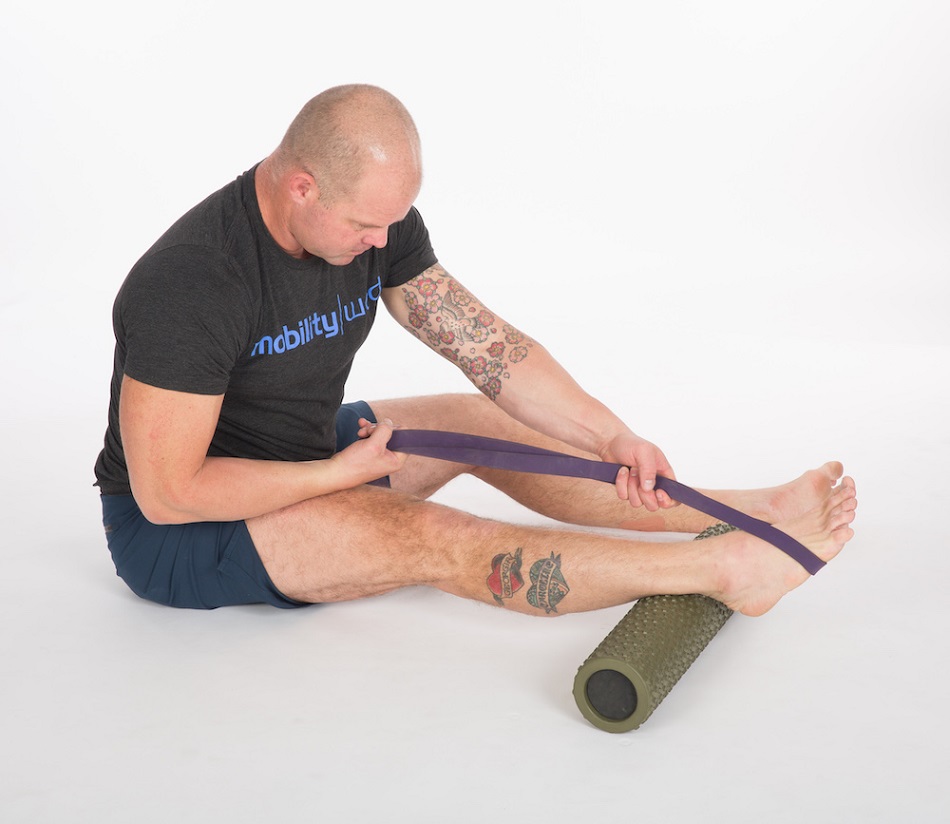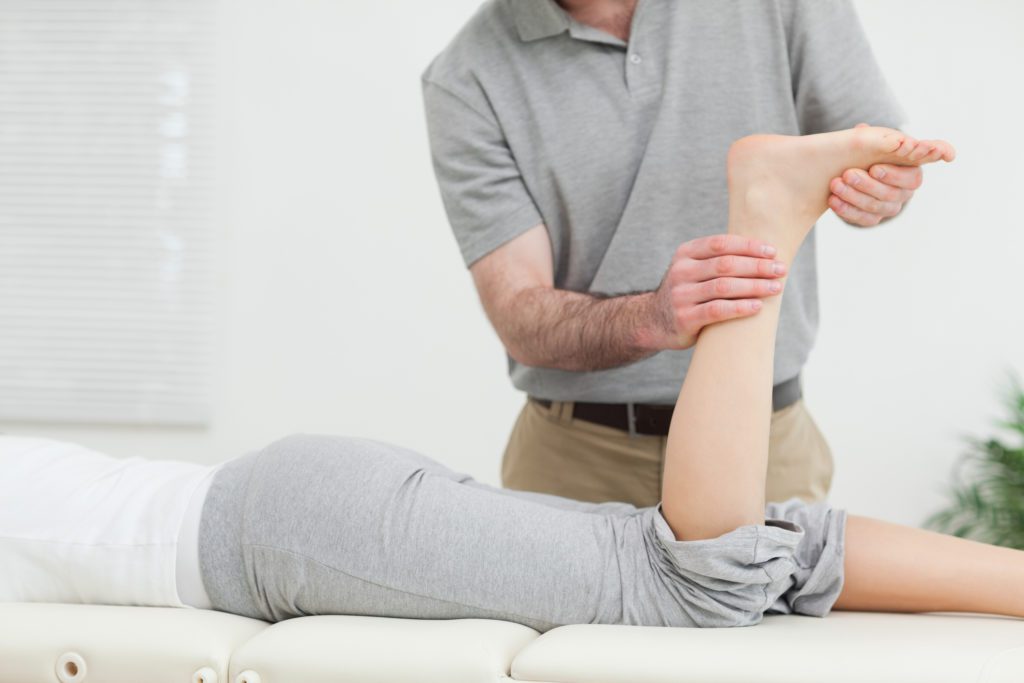A new runner’s guide to injury prevention
New to running? Avoid these common injury pitfalls

Fall is a great time of year to start running, but it’s important to tread carefully to avoid common running injuries that often plague beginners. Whether you’re lacing up your shoes for the first time or returning to running after a hiatus, here’s a rundown of the most prevalent injuries, and strategies to keep them at bay.
Shin splints
Shin splints, characterized by pain along the shinbone, are a frequent complaint among new runners. To prevent them, start with a gradual increase in intensity and mileage. Invest in proper footwear that provides adequate support and cushioning. Don’t forget to stretch and strengthen calf muscles to alleviate stress on the shins.

Runner’s knee
Runner’s knee, or patellofemoral pain syndrome, can result from improper running form, weak quadriceps or overuse (a.k.a. doing too much too soon). Ensure you have appropriate shoes (go to a dedicated running store to be fitted, if you can), and consider using insoles, which will increase comfort and support (be sure to remove your shoe’s removable sockliner first). Pay attention to your running technique and avoid sudden increases in mileage. Regularly incorporating strength training exercises (squats, backward lunges and single-leg deadlifts) can provide stability and reduce the risk of this injury.
Plantar fasciitis
Characterized by heel pain, plantar fasciitis often stems from inadequate arch support. Choose running shoes that offer good arch support and cushioning. Gradually increase running intensity and stretch your calf muscles and plantar fascia regularly to keep them flexible.

Achilles tendinitis
Tenderness and pain in the back of the heel are telltale signs of Achilles tendinitis. Ensure your running shoes provide proper heel support and avoid drastic changes in running terrain or intensity. Prioritize calf stretches and eccentric strengthening exercises to prevent this injury.
IT band syndrome
The iliotibial (IT) band runs along the outer thigh and can become inflamed, causing pain. Incorporate a dynamic warmup routine before each run to properly prepare your muscles. Avoid sudden increases in mileage and consider cross-training to prevent overuse.

General rules to stay healthy
Avoid overtraining
Pushing too hard without allowing your body to recover can lead to overtraining injuries. Follow a structured training plan that includes rest days. Listen to your body, and if you experience persistent pain or discomfort, take a break and consult a sports medicine doctor or physiotherapist.
Take the time for a proper warmup and cool-down
Never skip your warm-up or cool-down. Dynamic stretching before your run increases blood flow and prepares muscles for activity, while static stretches after the run aid in muscle recovery and flexibility.

Invest in proper footwear
Get a pair of running shoes that suit your foot type and running style. Visit a specialty running store to get expert advice on choosing the right shoes.
Listen to your body
Perhaps the most crucial advice of all–pay attention to your body’s signals. If something doesn’t feel right, address it early. Ignoring pain or discomfort can turn minor issues into major injuries.
Remember, the key to a successful and enjoyable running journey lies in gradual progress, proper form and respecting your body’s limits. By staying mindful, listening to your body’s cues and following these preventive measures, you can sidestep the most common running injuries and continue to train and improve.

